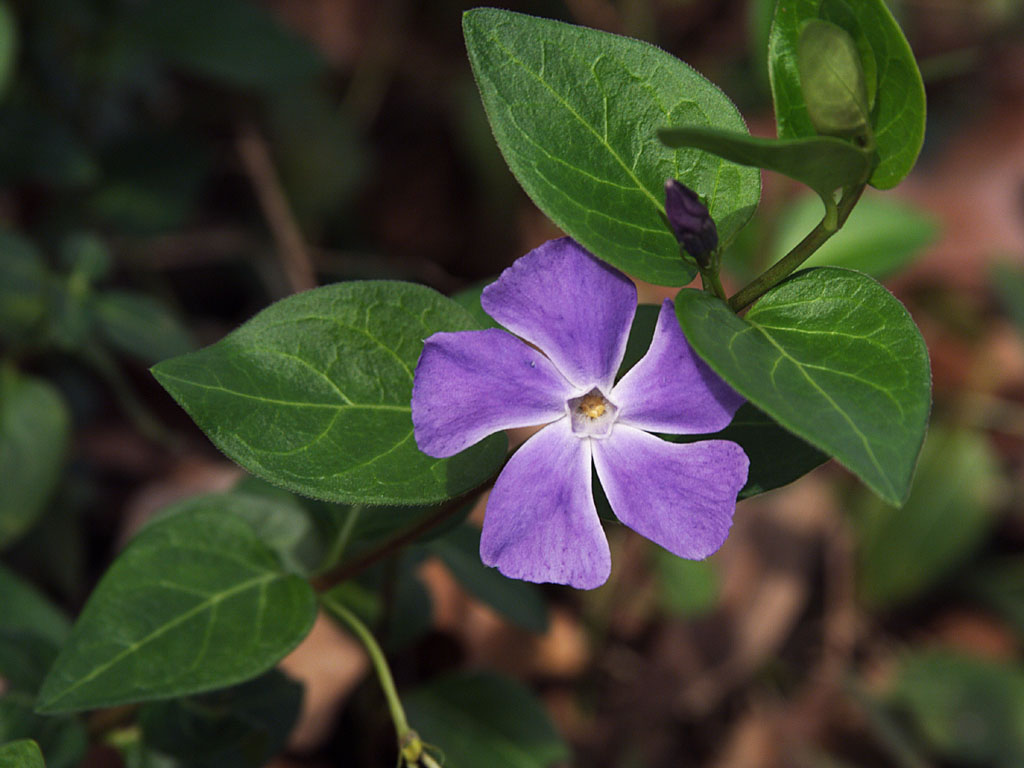|
Personal Web Site of Zachary J. Fink, Ph.D. |
|||
|
|||
|
Going Vegan |
|||
|
|
|||||||||||
|
It is practically impossible to be a complete vegan--no animals
or animal products at all--because of the widespread usage of animals today. Even reading the labels in the food stores is
not completely sufficient, as there are chemicals and whatever else that can come from either plants or animals. Examples
of this are enzymes.
Problems with being a vegetarian years ago were in getting
enough protein, vitamin B complexes, calcium, and iron. Soybean products, along with nuts and beans, can readily supply all
the protein that a person needs; many veggie foods are fortified with calcium, iron, and vitamin B complexes, so that this
is no longer a problem.
There is an incredibly vast selection of vegan/vegetarian foods
on the market today, even in the supermarkets. This includes soy-made cheeses (many flavors), sour cream, margarine, butter,
ice cream, tofu, tempeh, hot dogs, pizza, hamburgers, ice cream, chili, ham, pepperoni, turkey, chicken, bacon, bologna, pork,
and yogurt. There is also a great variety of non-animal granolas, nuts and nut butters, beans, veggie seasonings (such as
tahini), salsa, pastas, and gravies and corn-based polenta.
My two favorite meals are a vegetable stir-fry and bean vegetable
soup. The stir-fry typically is made with a little bit of oil (possibly olive oil), onions, carrots, celery, tomatoes, garlic,
and possibly asparagus, cauliflower, or broccoli, along with a carbohydrate to help make the dish a completely balanced meal,
such as potatoes, rice, pasta, or couscous. The bean soup is made from vegetable broth (usually made myself from steaming
vegetables), bulgur wheat or groats, lentils, and the same vegetables and a carbohydrate used in the stir-fry.
My typical breakfasts are nutritious cereals with fortified
soy milk and fortified orange juice (not from concentrate), waffles, or pancakes; lunches include veggie hot dogs or
hamburgers, peanut butter and jelly sandwiches, a frozen soy entree, veggie cheese sandwiches, veggie grinders, or soy pizza;
dinners, as described above, are most often a vegetable stir fry or bean vegetable soup and a roll with margarine; other common
dinners are salads, baked eggplant and pasta.
Desserts mostly include granola and granola bars, low-fat candy
bars, nuts (several varieties), sunflower seeds, fruit (fresh, dried, or frozen), a tablespoon full of a nut butter (peanut,
almond, or cashew), and soy ice cream.
There are various veggie substitutes for meat and dairy products
in recipes. For instance, a heaping tablespoon of corn starch and two tablespoons of water can be used in place of an egg
for cooking.
If the world went totally vegan tomorrow, we would immediately have twice
as much vegetation as we have today. This would mean that we could readily feed all the people in the world while saving vast
amounts of farm and range lands; pesticides, herbicides, and fungicides, fossil fuel, and fertilizer; and the pollution
that all of this generates (agriculture results in the worst pollution of any human activity).
|
|||||||||||
|
|

